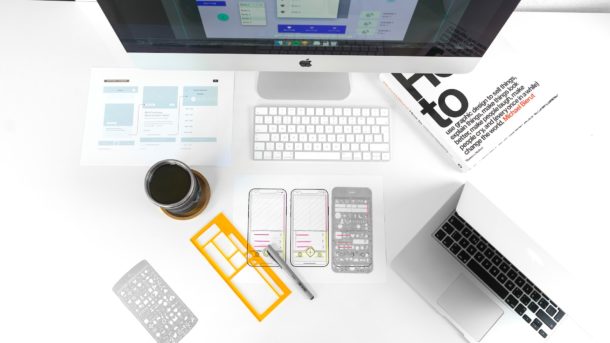Integration of Artificial Intelligence (AI) has become a transformative force across various industries. One area that has seen significant advancement due to AI is User Experience (UX) design. From personalized recommendations to enhanced accessibility, AI is reshaping how designers approach creating seamless and user-centric experiences. Let’s look at the profound influence AI has on UX design and explore its implications for the future.
1. Personalization and Customization
One of the most notable ways AI is revolutionizing UX design is through its ability to provide personalized and tailored experiences. AI algorithms analyze user data and behavior patterns to understand individual preferences, which empowers designers to create interfaces that adapt and cater to specific user needs. Personalized content recommendations on platforms like Netflix are perfect examples of how AI-driven design enhances user engagement by offering content that aligns with individual tastes.
2. Improved Accessibility
AI is also playing a crucial role in making digital products more accessible to a wider range of users. For instance, AI-powered voice assistants and screen readers enable users with visual or motor impairments to interact with technology more effectively. Designers can leverage AI to create interfaces that adjust font sizes, colors, and layouts based on individual accessibility requirements, ensuring that the digital experience is inclusive for everyone.
3. Enhanced User Insights
Understanding user behavior and preferences is essential for designing successful UX. AI-driven analytics provide designers with invaluable insights into user journeys, pain points, and interactions. By analyzing large datasets, AI algorithms can identify trends and patterns that might not be apparent through traditional methods. Designers can then make data-driven decisions to refine interfaces and streamline user flows.
4. Streamlined Design Processes
The integration of AI also streamlines various design processes, allowing designers to focus on higher-level creative tasks. AI tools can generate design elements, suggest layout options, and even automate repetitive design tasks. This accelerates the design process, giving designers more time to innovate and iterate on ideas, ultimately leading to faster product development. Companies like Adobe are already introducing AI features in their suite of design products.
5. Predictive User Behavior
AI’s ability to predict user behavior based on historical data empowers designers to anticipate user needs and expectations. This predictive capability allows designers to proactively address pain points and create interfaces that align with user behaviors. For example, AI algorithms can predict when a user might abandon a checkout process and suggest interventions to encourage them to complete the purchase.
6. Emotional Intelligence in Design
AI’s potential to recognize emotions from user interactions opens up new avenues for designing emotionally resonant experiences. Sentiment analysis tools can gauge user emotions from their language and responses, enabling designers to tailor interactions that are empathetic and responsive. This is particularly relevant for chatbots and virtual assistants, where understanding user emotions can enhance the overall user experience.
Future of UX with Generative AI
As AI continues to evolve and integrate into our daily lives, its influence on UX design becomes increasingly profound. Combination of AI’s capabilities with the creativity of human designers results in digital experiences that are not only functional but also highly engaging, accessible, and personalized. The future of UX design lies in harnessing the power of AI to create experiences that anticipate user needs and exceed their expectations, ultimately shaping a more user-centric digital landscape. Designers must continue to explore the ethical considerations of AI and strive to strike the right balance between automation and the human touch in order to create truly exceptional digital experiences.



